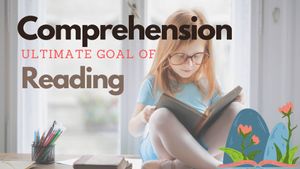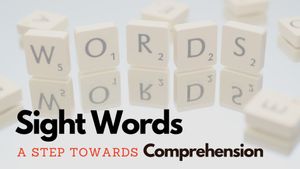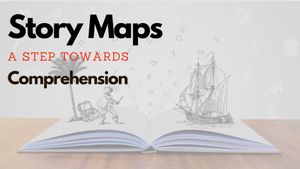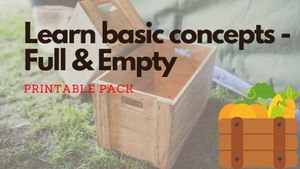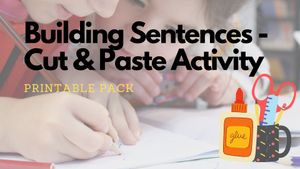I am afraid to start all my blogs with a tinge of nostalgia, in fear that I might be accused of being a sentimentalist. Well, I am! Back when I was a little girl, puzzles meant crossword puzzles, the Rubik’s cube, and the vintage wooden floor puzzles that were often handed down generations as prized family possessions.
A show of hands of people who remember watching the movie Jumanji, the original one, starring the late Robbie Williams? Whenever I think of puzzles and board games the movies flashes before my eyes.
Today, I can go on for pages listing the innumerable types of puzzles available for all those who enjoy a little challenge in their lives. But like me, all of you must be juggling many hats, and so to make this read worth our stolen moments, I shall talk only about my favourite four must-have puzzles for toddlers and kids.
Pegs Insert Puzzles
Scoring very high on the easy to solve quotient, peg puzzles are possibly the first puzzle I introduced my son to when he was a baby. The pegs are easy to grasp and help develop gross motor skills in babies. At first, I would be happy if he could partially insert the piece into the slot. From there, as the dexterity of his fingers improved, he could properly insert all the pieces and took less time to finish. Peg inserts come in many categories like farm animals, transportations, wild animals, fruits to name a few.
To keep peg puzzles interesting, with age the number of inserts go up and the size of the pegs reduce. Here is my son working on a peg puzzle which is appropriate for kids with fine motor skills.
Jigsaw /Floor Puzzle
This is probably the oldest version of a puzzle, popularly known as a jigsaw puzzle. I believe that holding each puzzle piece and turning it around to find the perfect interlock with the next piece helps kids develop their gross motor skills. There are many themes for floor puzzles from maps to solar systems to complex pictures. Ideally, a simple 24-piece puzzle would be appropriate for the 3-5 age group and kids in the age group of 6-8 can tackle a 100-piece puzzle. But at the end of the day, the ability to solve a puzzle largely depends on the interest of the child.
A jigsaw puzzle introduces the concept of a whole and a piece to a child. He will realize that his step by step action to interlock the tabs would lead to the development of the whole picture. It's a very important life lesson for a budding human mind. It also develops goal-oriented action taking towards solving a problem.
The 2-piece first word puzzles are an excellent way to start. These basically have a picture that needs to be matched with the correct word. It introduces first sight words to toddlers in a fun and relatable manner.
Shapes & Size Sorting Puzzles
Sorting puzzles are very popular and have many options for different age groups. These are excellent for developing their ability to recognize, categorize as well as compare objects on the basis of their colors, shapes, and sizes. We can choose the difficulty level depending on the age and the learning objective.
The sense of accomplishment that comes with solving a puzzle or winning a board game acts as a motivation to undertake complex and challenging tasks in future.
Tangram Puzzles
This is the most exciting new addition to our collection of puzzles. It is believed to have been invented in China over 200 years ago. This is indeed a timeless puzzle challenging minds over centuries. We have multiple versions of tangram puzzles for kids and I find that the magnetic one is easier to work with for beginners.
For the uninitiated, tangrams comprise of the following seven geometric shapes:
- 2 large right triangles,
- 1 medium-sized right triangle,
- 2 small right triangles,
- 1 small square, and
- 1 parallelogram.
It amazes me that these seven shapes can be arranged and rearranged to form shapes. In addition to logical reasoning and creative thinking, it also teaches the life lesson that even with limited tools (only seven) one can achieve numerous possibilities. You only need to put your mind to it.
No matter which puzzle you choose, the following are the most common benefits that make a puzzle a must-have toy for kids of all ages.
- Memory retention
- Fine motor skill
- Hand-eye coordination
- Concentration/ prolonged attention
- Problem-solving
- Logical thinking
- Sense of accomplishment
Now that I reflect on the blog, I wonder if I should have named it best gift ideas for kids? Leave a comment.



